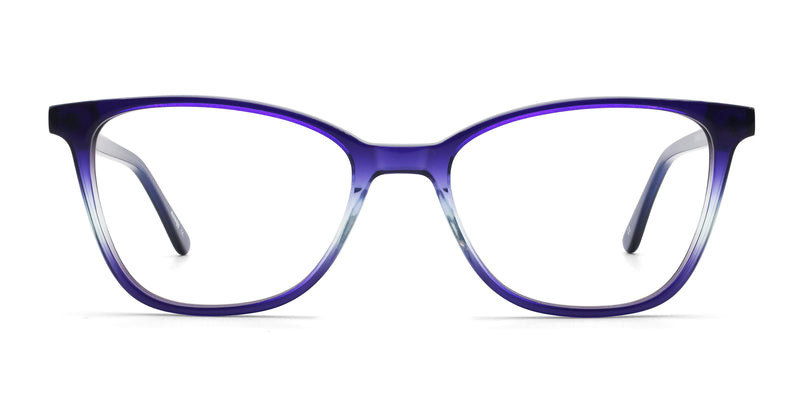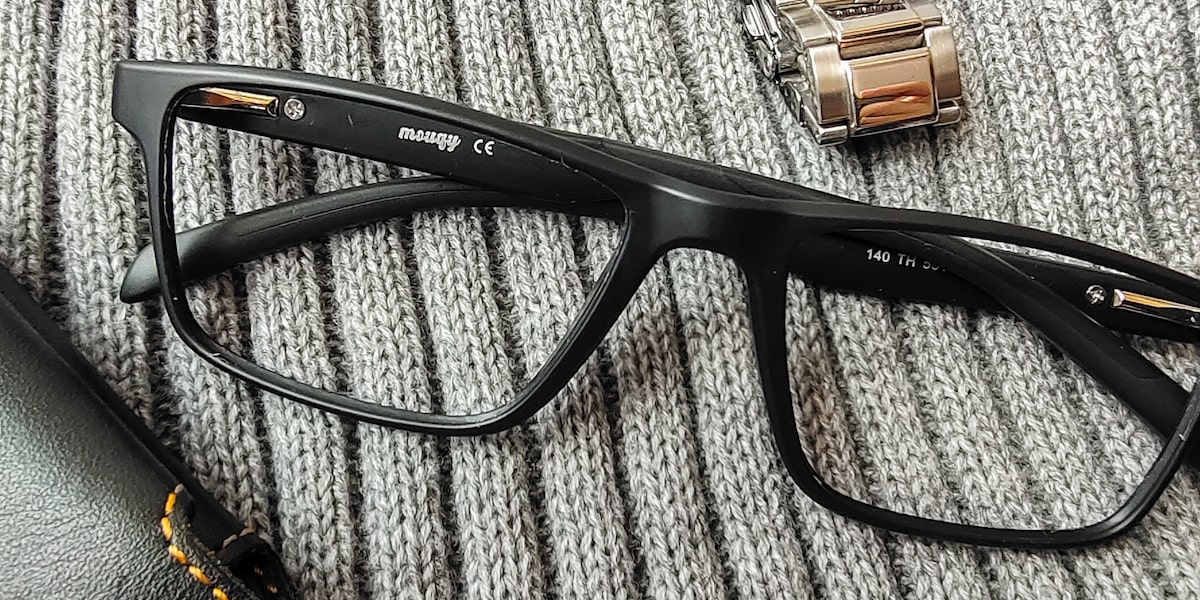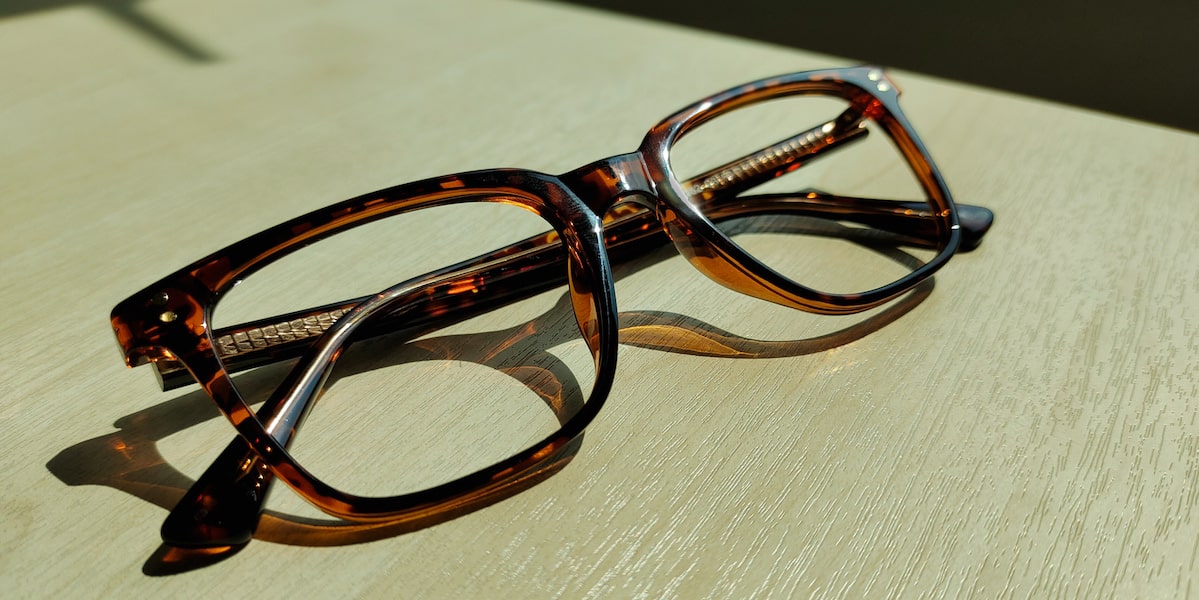Do you have to push your glasses up every now and then? Are they constantly slipping below your eye line?
If so, we recommend looking into low bridge glasses, AKA Asian fit glasses. They’re a stylish option developed to improve the look & fit of frames for people with lower nose bridges.
Though low nasal bridges occur more often in those of Asian descent, they’re seen in all ethnicities around the world. Unfortunately, most frames are designed with average nose bridges in mind, so people whose nasal bridges protrude lower often suffer from poor fit and an uncomfortable wearing experience.
That’s where low bridge glasses come in!
What are the benefits of low bridge glasses?
Low bridge glasses are great news for comfort. This is both physical and mental – not only do they reduce the pain associated with an improper fit, they also reduce the ever-present worry that most glasses-wearers have about your frames slipping off your face every time you bend over or move excessively.
The subtle structural differences of low bridge glasses allow the frames to sit higher on your face, compensating for the lower placement of your nose. This essentially improves the stability and grip of the glasses.
The higher seat also prevents the glasses from sitting uncomfortably on your cheeks. Many people with high cheekbones or low nose bridges complain about annoying red marks on your cheeks after long periods of wearing your glasses – low nose bridge frames can help fix this.
With myopia estimated to affect nearly half of the world’s population by 2050, it’s more important than ever for glasses-wearers to find frames that fit their face well.
How can you tell if you need low bridge fit glasses?
The first, and arguably most important factor, is that you have to learn where your nose bridge is.
1. What and where is the nose bridge?
The nose bridge, also known as the nasal bridge, is the bony part of your nose. Take your finger and feel for the protruding bump on your nose right below your eyes.
If that doesn’t work for you, another way to feel your nose bridge is by touching the tip of your nose and simply moving your finger up. You’ll feel a bumpy crest – that’s your nose bridge!
2. Is your nose bridge positioned high or low?
Now that you know where your nose bridge is, you have to determine if it’s high or low. Face a mirror and place your finger at the very top of your nose bridge. Then, draw an imaginary line between your pupils. Where is your finger with respect to that imaginary line?
If your finger is on the line itself or lower, then you probably have a low nose bridge. Otherwise, odds are your nose bridge is in the middle of your face or higher, and low bridge glasses won’t benefit you.
3. Is your nose bridge narrow or wide?
Aside from the height of your nose bridge, we also recommend that you determine its width. People’s noses have different shapes, and some noses can be wide while others are narrow – this affects the type of glasses that will suit you comfortably.
Generally, the width of your nose bridge should correspond to the distance between the lenses from inside the rims. There’s no real concrete system in which to do this, but now that you know where your nose bridge is, you should be able to visually identify whether it’s wide or narrow, and use that to inform your eyeglass purchase habits.
What to look for when buying low bridge glasses
Here are some other factors to think about when ordering low bridge glasses:
- Style of frameIt’s important to find a look that not only suits your facial structure, but also expresses your personality and style. Check out our guide on how to pick the perfect frame for your face shape.
- Index choicesDo you have strong prescriptions for nearsightedness, farsightedness, or astigmatism? If so, you may find regular lenses significantly thicker than usual. People with strong prescriptions often benefit from what are called high-index lenses – lens material that can accommodate your high prescription while being thin and light to improve comfort.
- DurabilityIf you’ve ever had glasses before, you know how important it is to find a pair of glasses that can take a beating—especially if you lead an active life. Look for glasses that offer scratch-resistant coatings, or consider lenses made from durable materials such as polycarbonate, Trivex or Tribrid if you live a particularly active lifestyle.
- Other functional usesSome lenses are designed to help shield your eyes from blue light which can lead to eyestrain and potential retinal damage. Blue light blocking lenses can help protect our eyes.
Getting your other facial measurements right
Your nose bridge is not the only measurement you’ll want to know when buying new glasses online! Checking your measurements will ensure that you have the best fit for your face. For more info on getting the right measurements, check out this guide.
Whether your nose is high or low, or your face is round or angular, there’s always a perfect pair of glasses for everybody!


















































